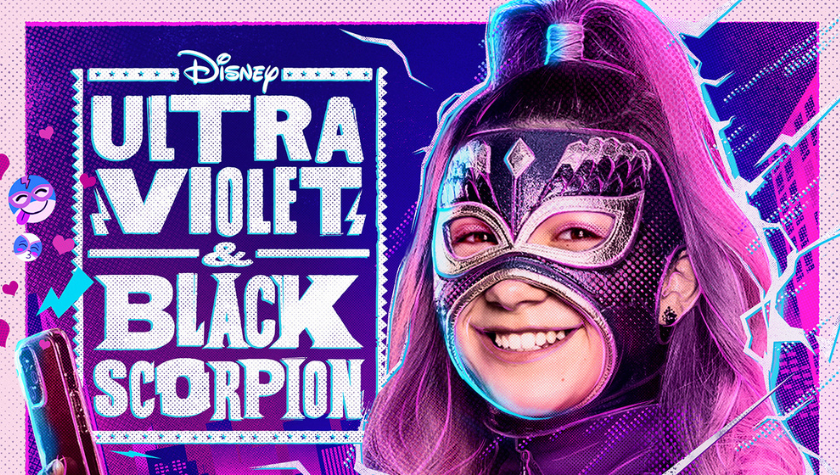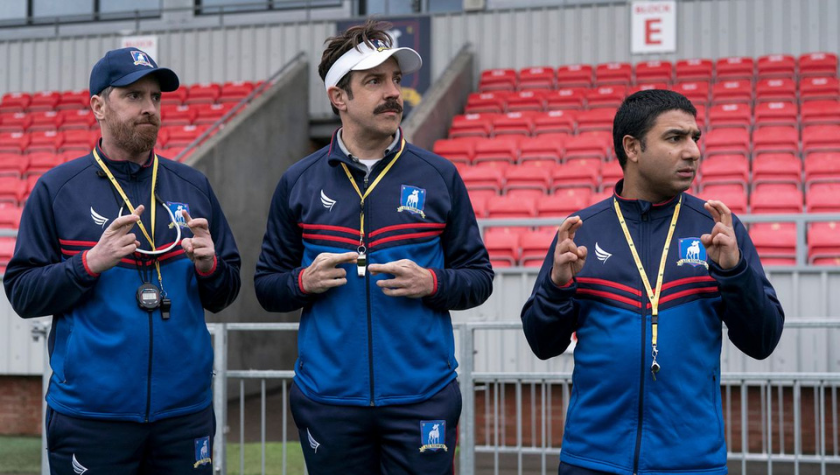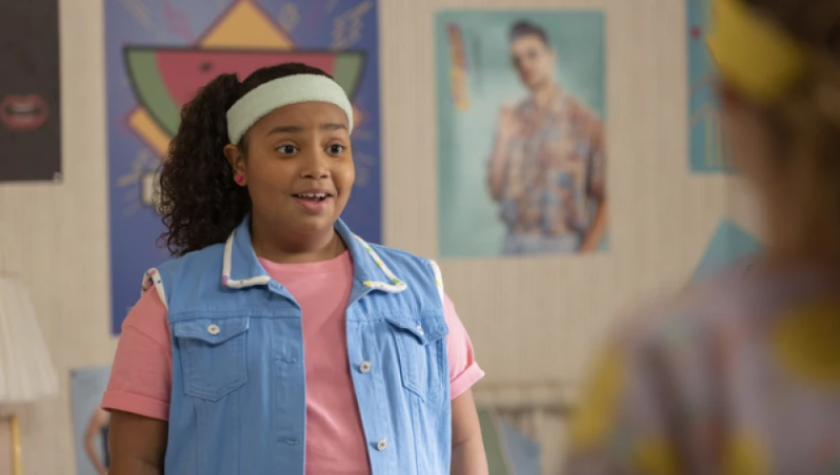Advice on Using Voiceover in Your TV Pilot from 'Physical' Showrunner
September 13, 2022
Creator and showrunner Annie Weisman (The Path, Desperate Housewives) pulled from her own decades-long struggle with an eating disorder to create an unflinching exploration of the dark inner life of Sheila Rubin (Rose Byrne), a perfectly put-together ‘80s suburban housewife and mom in Apple’s new, original series, Physical.
So why did Weisman decide to turn her own stories into a screenplay? “[Bulimia] is an addiction and a thinking disorder,” says Weisman. “There’s a compulsive ritualistic nature to it that gives you a sense of compulsion and purpose. And that’s the trap of it. It’s not under your control. My experience of it was like getting abducted.”
Weisman admits, “It was a little scary [to share] something I had never shared before. It was surprising to me how emotionally raw it was. And when we got into the storytelling, beyond the pilot, it was surprising to me how moving and important intimacy and female friendships are.”
“Compulsive behavior has a way of creating distance. I knew [of Sheila’s] intimacy issues in her relationship. But I didn’t know how important it was for her and her character outside of her relationship with [her husband] Danny.”
"It takes characters, like Greta, to push that through to her. It’s an important part of her recovery, but it feels threatening, even though, in fact, it’s salvation.”
Using voiceover or VO in your script
Weisman felt an urge to be honest and tell the truth about her experience because “so much of it is about food and so much of it is not.” To dramatize Sheila’s inner turmoil and her relentless critical eye in contrast to the picturesque person she appeared to be, she utilized voiceover or VO.
“It felt right when we landed on [using VO],” she shares. “But I truly had no idea how to do it in [practice], so there was a lot of collaboration with Rose and Craig to show the inner and outer Sheila.”
She adds advice to avoid the pitfalls of relying on VO as a device by trying “to write from the character’s POV. When I started out, I thought I needed to prove myself,” she says. “Sort of like having an ‘amateur’s’ complex: overwriting to the camera to show you ‘get’ visual storytelling.”
Writers need to collaborate
Annie Weisman encourages you to “leave room for your collaborators to interpret and translate the writer’s intention” because “that tends to attract really good collaborators."
Weisman points to two scenes as examples:
1. Sheila’s in the kitchen, cooking eggs for breakfast
2. When she’s looking at herself in the bathroom mirror
“I wrote a lot on what was going on in her head and how she saw herself,” she says. “I didn't write a lot about what she looked like or what her framing was, so it left room for [my department heads] to come up with stuff. Even in the VO, I would be clear about where we were in the story, the intensity of the VO, how it felt for her, what was going on in her head, and where she was emotionally...Craig would interpret that as, say, push-ins.”
Discovery in the writers room
“Your job as a writer is to build the story well, to be clear on where we are in the character’s journey. In the writers’ room, we do a lot of building blocks. We start big and general and build the infrastructure together so that the story can move forward.”
“There’s so much dark stuff and difficulty in the show,” Weisman says. But it’s been a fun process to discover “what [our] actors are capable of and to challenge it and write to it. That’s the best part for us,” she says. “Writing for the actors and giving them scenes that stretch them."
As for what it’s like to work on a period show? “You get to distance [yourself] and tell the truths that may be a little harder to do in the present. You both get to say, ‘Thank God, it’s so different. We've come so far. And oh my god, nothing's changed.’ It’s an interesting way to look at things, and I'm grateful for it.”
Written by: Quincy Cho
Quincy Cho is a multi-hyphenate comedy writer based in Los Angeles, CA. Born a 20-lb. baby with a creative flair, she doesn’t know which upsets her mother more—the fact that her baby hippo daughter grew up to do comedy or that she’s not married. Tomayto, tomahto. Quincy has studied and performed comedy with house teams on the mainstages of UCB and iO West. She recently made the Second Round of the Sundance Episodic Lab, finished the WAN Writers Workshop, was awarded the NBC/Second City Hollywood Bob Curry Fellowship in 2019, and showcased her work as a writer/performer at the 3rd Annual LA Diversity Comedy Festival. She attributes her success to her experience working in web comics as a producer and quality control editor. Favorite credits: Shameless, Queenpins, and her most recent Bud Light Super Bowl LV commercial. Now, in her spare time, Quincy happily spends her time pole dancing in her living room with her deaf cat (much to her dog’s dismay).



